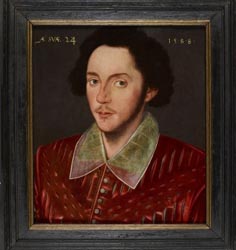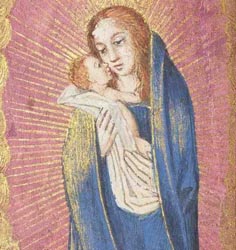Exploring subject areas
Over 30 subject guides enable you to explore our Special Collections thematically.
Each guide provides an overview of resources, arranged by topic or period, with links to individual collections in the Special Collections A to Z list.
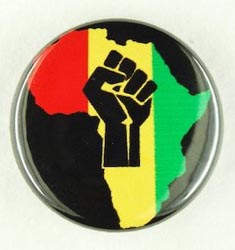
Africa Collections
Collections documenting written culture in Northern Africa, from the ancient world to the 19th century.

Ahmed Iqbal Ullah RACE Centre Collections
Collections on race, ethnicity, migration, social justice and anti-racism activism.
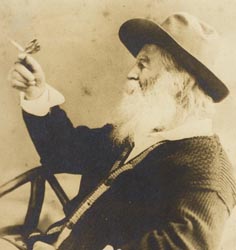
American Studies Collections
A vast array of printed and archival material on the history, literature and culture of the Americas.
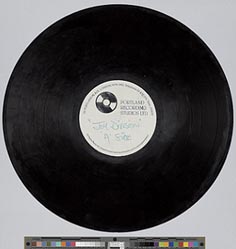
British Pop Archive
A growing number of major collections on British popular culture and the creative industries.
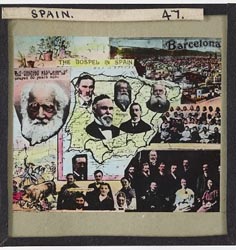
Christian Brethren Collections
The world’s largest collection of archives, books and periodicals relating to the Brethren movement.
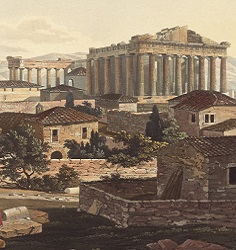
Classics and Ancient History Collections
Extensive and diverse collections invaluable for the study of Classics, Egyptology and Ancient History.

Dr Williams's Library
A partnership between The John Rylands Library and the Dr Williams’s Library.
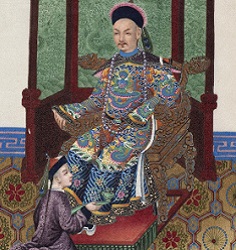
East Asia Collections
Diverse collections documenting five centuries of East Asian history and culture.
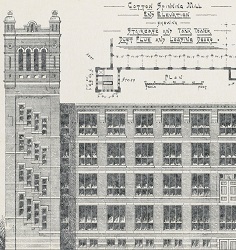
Economic and Industrial History Collections
A wealth of primary sources for the study of Britain’s economic and industrial history.

English Literature Collections
Outstanding resources for the study of literatures in English from the Middle Ages to today.
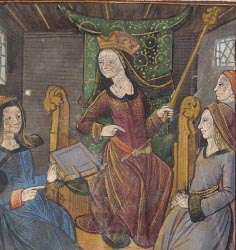
European Literature Collections
Outstanding holdings of Italian and French literature, especially late medieval and early modern.
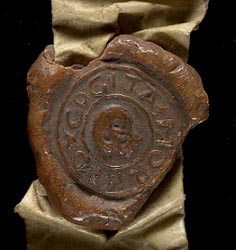
Family, Estate and Charter Collections
Many significant family and estate archives and collections of charters, mainly from the North West.
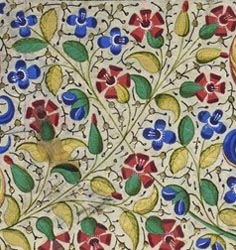
History of Art and Architecture Collections
A wealth of material across collections for the study of the history of art and architecture.
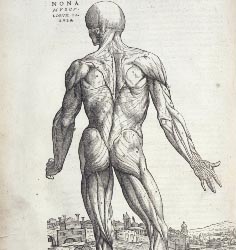
History of Medicine Collections
Extensive collections for studies of the history of medicine, especially in the Manchester region.
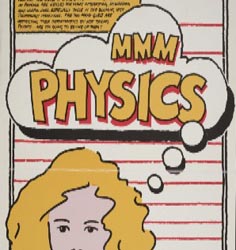
History of Science and Technology Collections
Significant collections in the history of science and technology, from the ancient world to the present.
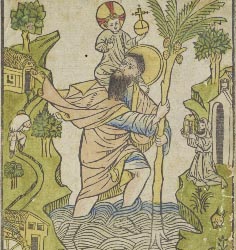
History of the Book Collections
Major resources for the study of written, visual and print communications over 4000 years.

Humanitarian Archive
A growing number of archives documenting humanitarian endeavours from the 1960s onwards.
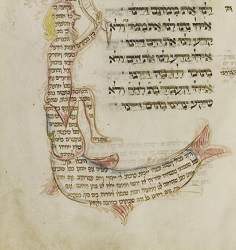
Jewish Studies Collections
Highly significant, diverse collections of Hebrew and Jewish manuscripts, archives and printed books.

LGBTQ+ Collections
Diverse material across our collections relating to LGBTQ+ writers and historical figures.
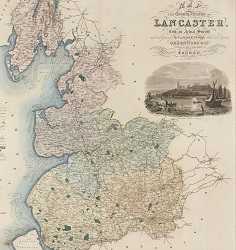
Local History and Genealogy Collections
Printed, archival and visual material on local history and genealogy, with a focus on north-west England.
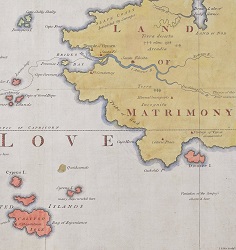
Maps, Travel and Discovery Collections
Collections of maps, atlases and travel books with a focus on Manchester but worldwide coverage.
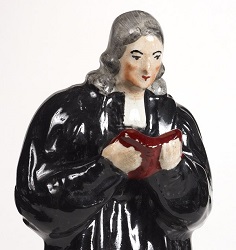
Methodist Archives and Research Collections
World-leading resources for the history of Methodism in Britain and studies of evangelical religion.
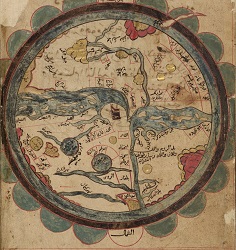
Middle East Collections
Internationally significant collections of Middle Eastern manuscripts, and printed and archive materials.
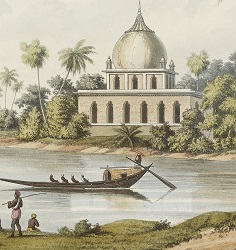
Military, Colonial and International History Collections
Collections on the Napoleonic Wars, British colonialism, 20th-century conflicts and world affairs.
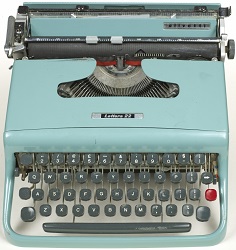
Modern Literary Archives
Our Modern Literary Archives are of international importance, especially in recent and contemporary poetry.
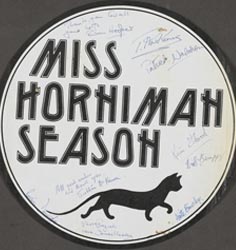
Performing Arts Collections
A wealth of material for the study of drama and theatre history from the 17th century to today.
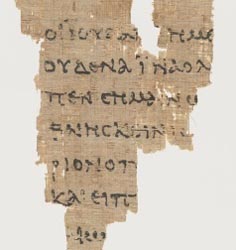
Religion and Theology Collections
Vast holdings documenting all the world’s major religions, including the entire history of Christianity.
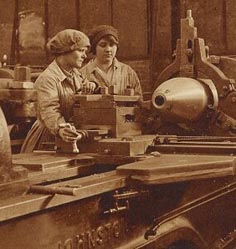
Social and Political History Collections
Extensive collections recording major social and political developments from the 16th to the 20th centuries.
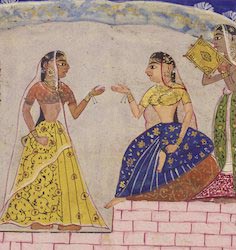
South Asia Collections
Internationally significant collections of South Asian manuscripts, and material on South Asian diaspora communities.

Southeast Asia and Australasia Collections
Manuscripts covering a wide variety of cultures, languages and scripts, formats and decorative styles.
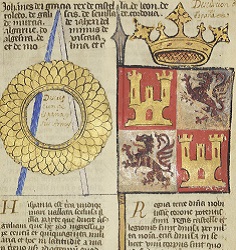
Spanish,Portuguese and Latin American Studies Collections
A wealth of resources on the histories, literatures, cultures and economies of Spain, Portugal and Latin America.
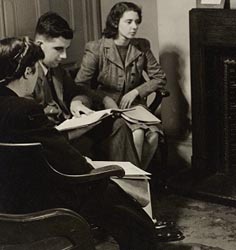
University Archives and Academics’ Papers
Archives revealing the University's rich and complex history, and papers of notable individual academics.
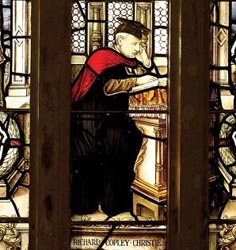
University Heritage Collections
Art and historic artefact collections spanning the history of the University and its predecessors.

